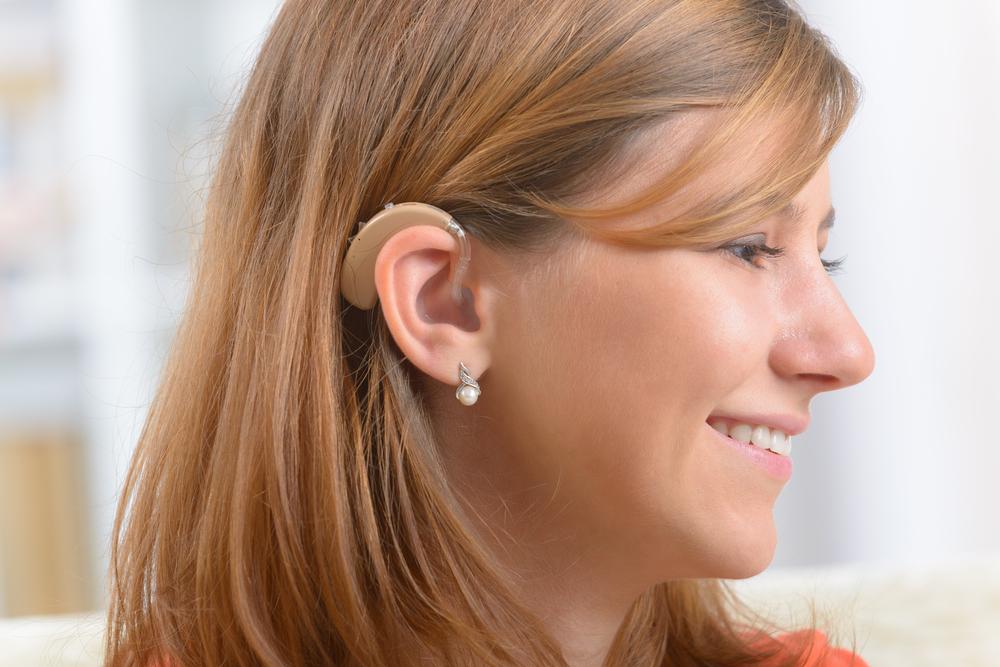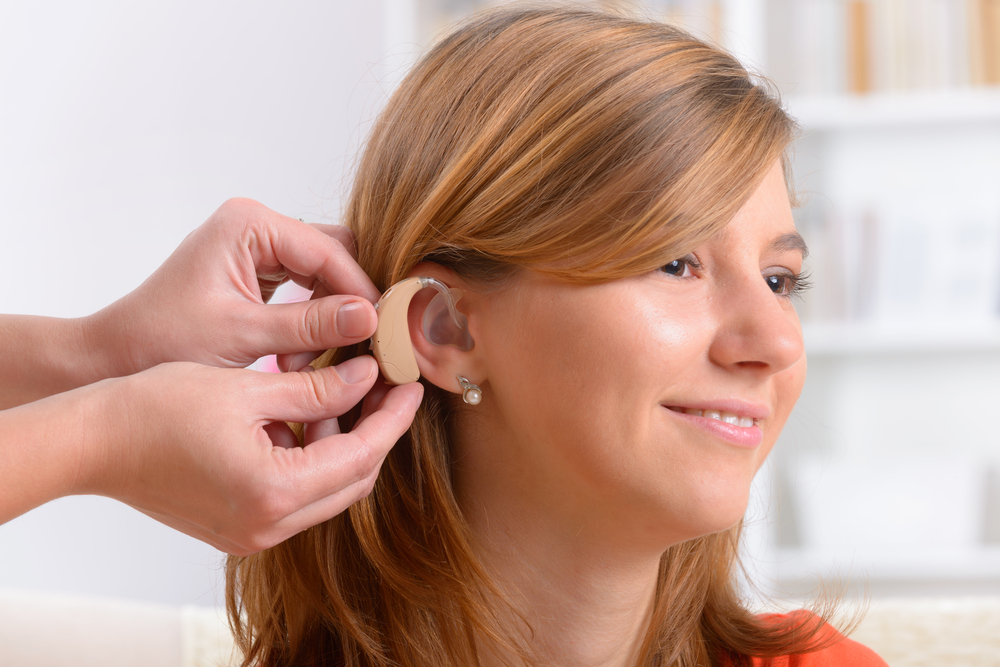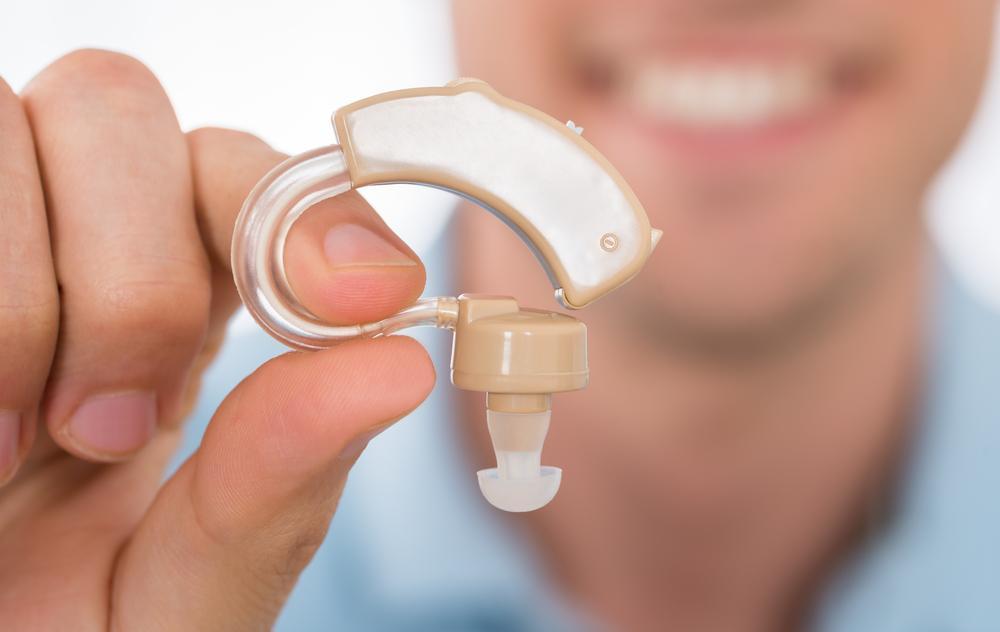The Ultimate Comprehensive Guide to Modern Digital Hearing Devices: Innovations, Features, and Benefits
Explore the comprehensive guide to modern digital hearing devices, highlighting their features, components, top models, and benefits. Discover how innovation is transforming hearing assistance, making it more effective, discreet, and user-friendly. From digital processing advantages to advanced connectivity options, learn everything about the latest in hearing technology and how it can enhance your quality of life.

Understanding Digital Hearing Devices and Their Impact on Hearing Health
Advancements in technology have revolutionized the way individuals with hearing impairments perceive sound. Digital hearing aids have become the new standard, replacing traditional bulky analog devices. These innovative devices offer not only improved durability and ease of use but also significantly enhanced sound clarity and adaptability. Digital hearing aids process sound signals digitally, enabling clearer audio delivery and a more natural hearing experience. They are designed to cater to the diverse needs of users, making hearing assistance more efficient and less intrusive.
Distinct Characteristics Between Digital and Analog Hearing Aids
The core difference lies in how they process sound. Analog aids amplify incoming sound signals continuously, which can lead to increased distortion and less precise sound quality. In contrast, digital hearing aids convert incoming sounds into digital data, allowing for intricate manipulation and filtering. This digital processing results in clearer speech, noise reduction, and more accurate sound localization, especially in challenging environments like crowded places or noisy settings. Transmitting sound directly to the ear with high fidelity, digital aids provide users with a remarkable listening experience, vastly superior to traditional analog models.
Core Components of Modern Digital Hearing Aids
Digital hearing aids are composed of several critical parts that work together to deliver optimal hearing support. Based on the feedback management system and specific user needs, these devices typically include the following components:
Microphone
This component captures ambient sounds and determines the quality of audio signals transmitted to the device. Many modern hearing aids feature adaptive microphones capable of focusing on specific directions, which greatly enhances speech clarity in noisy environments.
Microchip (Processor)
The heart of the device, the microchip handles complex sound processing, wireless communication, and noise reduction algorithms. Its sophisticated integration allows the device to stay compact while delivering powerful performance.
Battery
Providing necessary power, the battery's size and capacity influence the device’s operating time. Rechargeable options are increasingly popular, offering convenience and cost savings over disposable batteries.
Amplifier
This component boosts and refines sound signals based on individual hearing profiles, minimizing distortion and ensuring the user perceives sounds accurately and comfortably.
Receiver (Speaker)
The receiver converts processed electrical signals back into audible sound and sends it directly into the ear canal. The size varies depending on the severity of hearing loss, with smaller receivers used for milder impairments.
Top-Rated Digital Hearing Aid Models in the Market
Today’s market provides a variety of advanced digital hearing aids tailored to different preferences and needs. Noteworthy models include:
Widex DREAM – Renowned for its excellent sound clarity and natural hearing experience, ideal for users seeking high-quality sound reproduction.
Phonak Audeo BTE – A behind-the-ear device known for its durability, connectivity features, and comfort.
Starkey Z Series – Features advanced noise reduction and feedback management for active lifestyles.
Oticon Ino Pro MiniRite – Compact and discreet, with excellent Bluetooth connectivity for smartphone integration.
Unitron Moxi2 RIC – Designed for simplicity and efficiency, offering seamless integration with smart devices and tailored sound profiles.
Advantages of Choosing Digital Hearing Aids
Digital hearing aids are packed with benefits that make them the preferred choice for hearing assistance. These include advanced noise reduction algorithms that effectively suppress background noise, leading to clearer speech understanding in noisy environments. They can be finely tuned to suit individual hearing profiles, ensuring personalized amplification. Additionally, many models support seamless Bluetooth connectivity, allowing users to pair their devices with smartphones and other smart gadgets for effortless control over volume and settings via dedicated apps.
Durability is another significant advantage. Modern digital aids are often built with water and dust-resistant coatings, extending their operational lifespan and reducing maintenance needs. The sleek, discreet designs mean users can wear them comfortably without feeling self-conscious. Their user-friendly interfaces facilitate easy operation, even for those with limited technical skills. All these features contribute to an improved quality of life, enabling users to engage more confidently in social, work, and daily activities.
Overall, modern digital hearing devices are not just technological marvels but vital tools for enhancing communication and social interaction. Whether combating age-related hearing loss or other auditory challenges, these devices offer tailored solutions backed by cutting-edge technology, ensuring users stay connected with their surroundings efficiently and comfortably.





